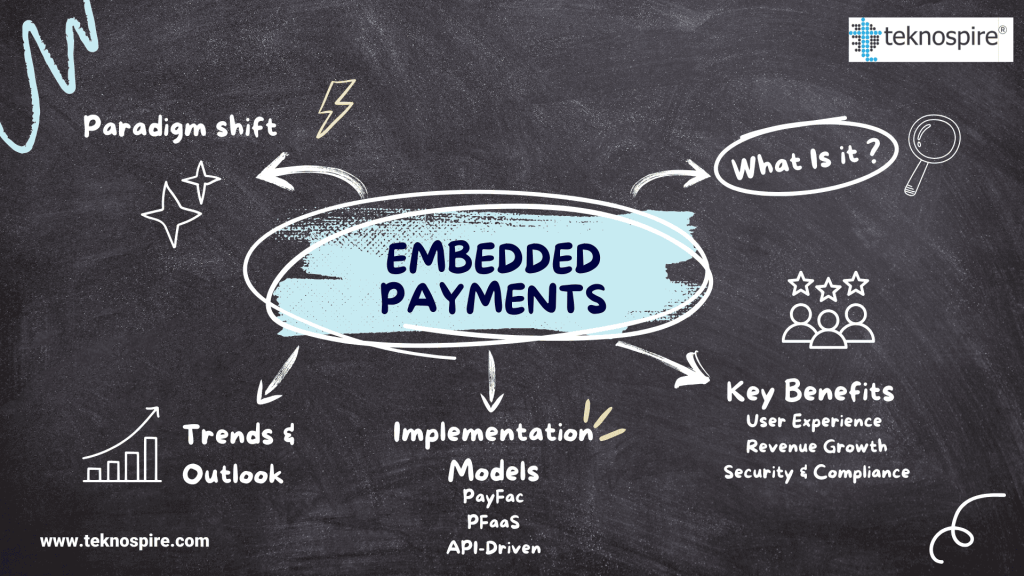Embedded Payments: A Seamless Future for Digital Transactions
Embedded payment solutions are transforming digital platforms, allowing users to make secure, instant payments without ever leaving the platform they’re using. This shift represents a major advancement in digital finance, enhancing customer experience, improving operational efficiency, and opening new revenue opportunities for businesses. With embedded payments, digital transactions are no longer separate steps but integrated, seamless parts of the user journey. What Are Embedded Payments? Embedded payments are a core component of embedded finance, where financial services like lending, insurance, or payments are integrated directly into a platform’s user experience. Unlike traditional payment processing that redirects users to third-party payment gateways, embedded payments enable transactions directly within a website or app, whether it’s for purchasing a product, paying for a service, or transferring money. This type of integration is already used by companies in industries like eCommerce, transportation, SaaS, and digital banking. For instance, ride-sharing and food delivery apps often offer in-app payment options, allowing customers to pay instantly without any additional steps. Benefits of Embedded Payments Popular Implementation Models for Embedded Payments The Future Outlook of Embedded Payments The embedded payments trend is expected to grow as companies seek to provide frictionless, end-to-end experiences. Industries such as healthcare, real estate, and digital finance are exploring how embedded payments can simplify billing, reduce administrative work, and increase customer satisfaction. The adoption of open banking regulations and API-based financial services is also facilitating a more interoperable, customer-centric payment landscape. Embedded payments represent a paradigm shift in digital finance, offering not only a more efficient payment method but also a strategic tool for business growth, customer retention, and revenue expansion.
